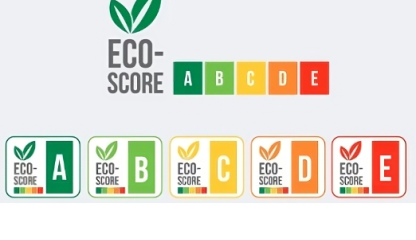In a context of inflation and tightening budgets, consumers are increasingly turning to thorough research before making purchases. Salsify conducted a survey with over 6,000 consumers from the United States, France, England, Germany, and Australia, highlighting an undeniable trend: while price remains an important factor, today's consumers prioritize loyalty to brands and retailers that offer both high-quality products and an exceptional online experience.
According to this data, nearly half of the buyers place paramount importance on product quality. Despite rising prices, consumers are willing to invest more in products with positive reviews from trusted brands. To consume more thoughtfully and access this quality, the majority of respondents claim to be on the lookout for promotions, buying less, or delaying significant purchases.
Emphasizing the concept of product quality on product pages is crucial, as it allows communication about the commitments and values upheld by the brand or retailer. According to Harris Poll, 82% of consumers remain loyal to brands whose values align with their own. Here are 4 tips to highlight the notion of product quality on your product pages:
- Highlight Customer Reviews
Customers serve as the most reliable ambassadors for brands and retailers. It's crucial to incorporate a dedicated section for evaluations on each product page, including star ratings, a practice popularized by Amazon, and providing space for more detailed comments. Using a form to inquire about specific aspects of the product, such as material quality, is also wise. Positive reviews, as indicated by the Consumer Study 2023, are pivotal when purchasing clothing, furniture, and DIY items online. Devoting an entire page to customer reviews of their shopping experience is a recommended approach. Following a purchase, consider reaching out to customers, for example, via email. First, ensure their experience is positive, then encourage them to rate the purchased product or their overall shopping experience. This user-generated content (UGC) is invaluable for gathering data on favored products and frequently asked questions, aiding in the improvement of your product listings. Additionally, check customer reviews on platforms like Google, marketplaces, or specialized review sites for a better understanding of consumer needs.
- Invest in High-Value Content
Diversifying content beyond e-commerce product pages is essential. This includes blog articles, expert reviews, tips, guides, high-definition photos showing products in use, and unboxing or demonstration videos. Analyzing consumer queries and frequently asked questions (FAQs) helps understand audience needs and generate relevant content. Creating and providing high-value content serves multiple purposes: standing out from the competition by providing reliable and engaging information, showcasing expertise and in-depth knowledge, building trust, and addressing specific needs by offering concrete solutions, such as a product comparison table for items in the same range. Ensure this content is accessible across all digital channels for optimal information dissemination.
- Pay Special Attention to Product Descriptions
Product descriptions play a crucial role in influencing consumer decisions. While writing product descriptions may seem simple, creating effective product listings requires meticulous work. To showcase high-quality products, it's essential to have quality descriptions. These should not only be concise and well-written for successful product pages but should also include relevant SEO keywords for search engine discoverability, highlight key features, specifications, and product benefits to help customers assess if the product meets their needs and expectations, and narrate the brand or retailer's story to demonstrate how products align with values beyond a mere transaction.
- Incorporate Search Filters for Optimal Navigation
Search filters play a crucial role in enhancing web navigation and product search. The more relevant and detailed these filters are, the easier it is for customers to access the products they are looking for. In the current landscape where criteria increasingly focus on sustainability and health, identifying important criteria for consumers is the first step, and integrating them into your search filters is the next. Elements such as eco-score, reparability index, local production, short supply chain, made in France, Nutri-score, organic certification—all of these consumer interests can be used as filters to streamline their online searches. These attributes should be considered essential criteria alongside color, price, size, or brand. Faceted navigation, or faceted search, proves particularly relevant when offering thousands of products, allowing consumers to display a selection of products and easily find items that meet their expectations.



